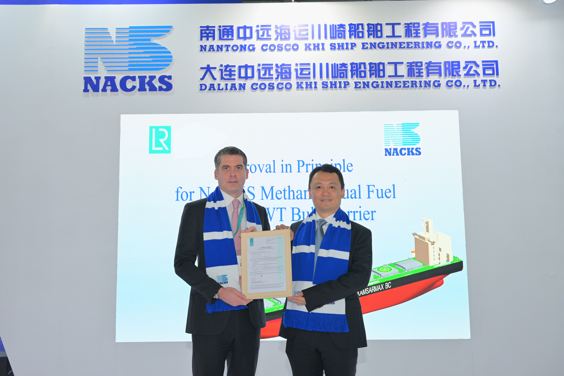What is Methanol?
Methanol is a light, volatile, colourless and flammable alcohol with the formula CH3OH. It is produced from a variety of feedstocks, including natural gas, biomass, and carbon dioxide. In an internal combustion engine, methanol reacts with oxygen in the air and creates carbon dioxide and water as well as heat/energy. Despite the carbon dioxide emitted, it is possible to achieve net-zero carbon lifecycle emissions if the methanol is produced using biomass or renewably sourced hydrogen and carbon dioxide. However, methanol engines may require addition of a small percentage of pilot fuel, resulting in carbon emissions.
Note: Blue methanol, made using natural gas, does not meet our definition of a zero carbon fuel and, for this reason, is not considered on this page.
Explore data for e-methanol and bio-methanol

Explore e-methanol readiness levels

Explore bio-methanol readiness levels
Advantages and disadvantages of methanol
- Advantages
- Disadvantages
- Sulphur oxide emissions: No sulphur oxides and very low levels of particulate matter are emitted from methanol combustion.
- Storage requirements: Methanol is a liquid at ambient temperatures and pressures and therefore does not need to be pressurised, compressed or stored cryogenically.
- Miscible in water: methanol is highly soluble, so in the event of a spill, the fuel will rapidly dissolve in seawater.
- Acceptable energy density: The energy density of methanol is broadly similar to ammonia and higher than hydrogen, making onboard storage economically feasible, albeit not as compact as the heavy fuel oil (HFO) used today.
- Carbon dioxide emissions: Tank to wake emissions are only marginally lower than fossil fuels, however it is considered that these can be offset through carbon negative supply chain.
- Safety considerations: methanol is highly toxic, flammable and corrosive, so stringent safety measures and appropriately constructed and coated storage tanks are required.














